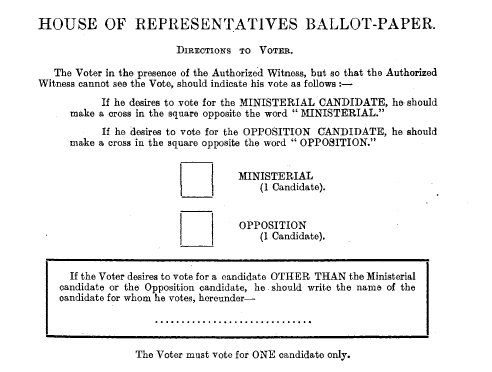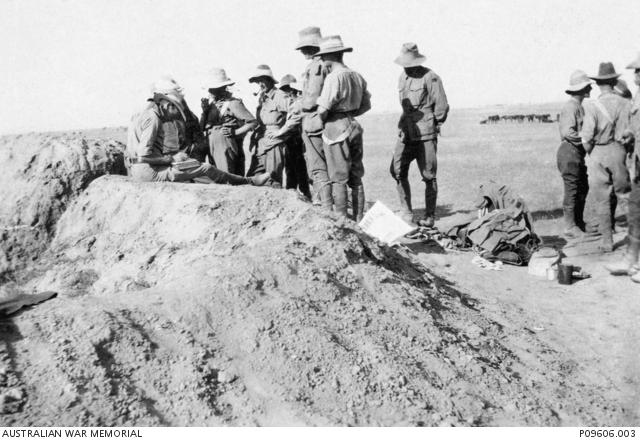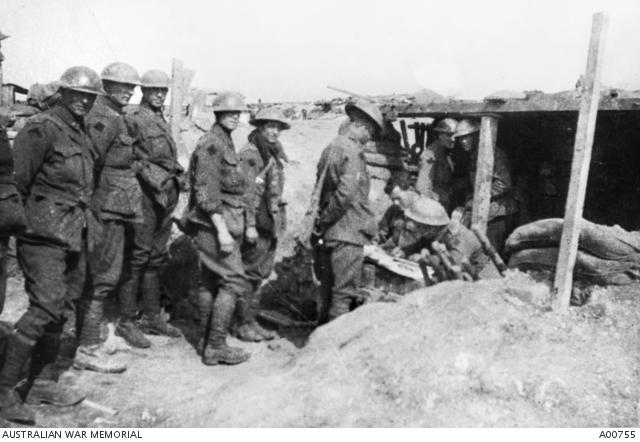Voting under fire
Australian federal elections have taken place during peace time and times of conflict. Even two world wars could not stop Australians casting their ballots, whether at home or on the battlefield. So as you line up to vote, and for your democracy sausage, think of the extraordinary measures which have been taken in order for Australian citizens to exercise their democratic rights at the ballot box.
The election held on 5th May, 1917 saw Australian personnel spread across Europe, the Middle East and North Africa as well as on the high seas. In order to record all eligible votes Commonwealth officials allowed for ballots to be cast before Election Day. Troops aboard transport ships commenced voting as early as mid-April while troops in France began voting two weeks before those back home in Australia.
As those abroad were eligible to vote in their local electorate it was logistically impossible to supply the requisite individualised ballot papers. As a result, the Commonwealth Electoral (War-Time) Bill of 1917 enabled a modified ballot paper to be provided to servicemen and other 'absent' voters. This ballot paper allowed voters to cast their ballot for either the Ministerial (Government) or the Opposition candidate in their seat.

Copy of the 1917 election ballot paper used for overseas voters.
For the most part polling went ahead without any major incidents. Charles Bean noted that Australian troops in France cast their vote under the “most glorious spring conditions” and “reminding one of polling days in Australia”.
The August 21st 1943 election was the second held during WW2. The first, in 1940, posed only minor logistical challenges for electoral officials as a relatively small number of service personnel had been deployed overseas at the time of the election, primarily concentrated in Europe. By 1943 there were more than 800,000 service men and women in Australia and overseas whose vote needed to be collected and counted. The Chief Electoral Officer, V. F. Turner was required to take an innovative approach to conducting the election, with voters spread across continents and the smallest staff the electoral office for over a decade. Military officers were appointed as electoral officers in the field to preside over the casting and counting of ballots.
This election was the first time that those over the age of 18 were able to cast their vote in a Federal election but only if they were serving, or had served, overseas. The voting age for those serving in Australia remained at 21, the same as in the general population.




